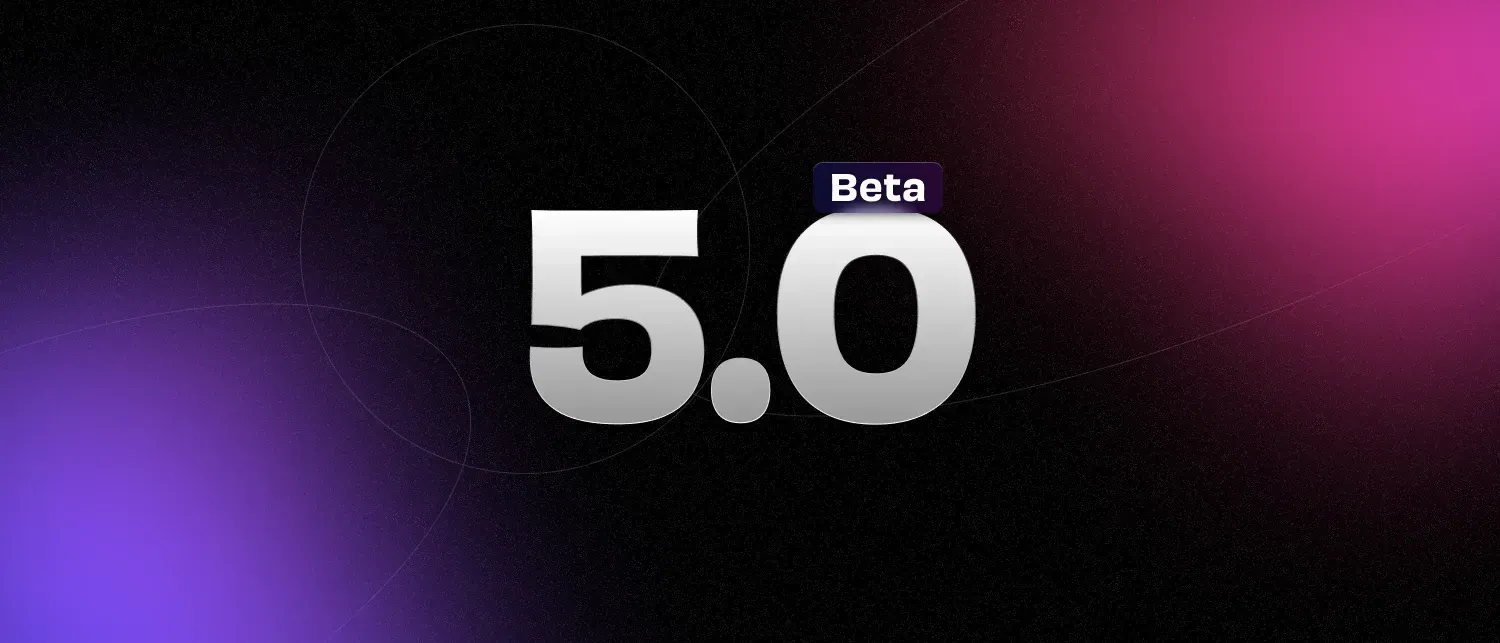Learnings on the Bleeding Edge

Embracing the Bleeding Edge: My Astro 5 Beta Journey
As part of my ongoing commitment to exploring the forefront of web development, I recently upgraded to the Astro 5 Beta. This journey was filled with a few challenges that became valuable lessons. Here’s a detailed account of what I encountered and how I navigated the transition.
Key Updates and Insights
Astro’s development team introduced several features from the upcoming Astro V5 as experimental in the latest V4 builds. Since I build sites without relying on JSX frameworks, the upgrade path was generally smooth, but a few areas, particularly related to image handling within content collections, required focused attention.
Astro’s approach to managing images in content collections has evolved. For a thorough overview, I relied heavily on the Astro documentation regarding images in content collections.
One of the standout improvements in Astro 5 is the maturity of the Content Layer, which adds powerful data management capabilities for static content. The content layer deep dive post was essential reading to understand this.
What I Changed in My Setup
To adapt to the new features and changes in Astro 5 Beta, I made several modifications to my codebase. Here’s a breakdown of the key changes:
- Transition from ViewTransition to ClientRouter
Astro replaced the previous ViewTransitions component with a new ClientRouter. This required updating imports and usage in the<head>section of my pages:
+ import { ClientRouter } from 'astro:transitions';- import { ViewTransitions } from 'astro:transitions';
+ <ClientRouter />- <ViewTransitions />- Data Identifier Change: slug to id Content identifiers shifted from slug strings to a more explicit id representation, necessitating changes in how I accessed post information:
// Before- const { data: post, slug } = blog;
// After+ const { data: post, id } = blog;- Content Directory Relocation The physical storage of content was reorganized from src/content to src/data to better reflect Astro’s evolving content structure:
src/ └── data/ └── blog/- Config Updates: Moving Away from the Legacy API The old content configuration had to be replaced by using Astro’s new glob loader for sourcing content files. This change was reflected in src/content/config.ts:
import { glob } from 'astro/loaders'; // Legacy API no longer supported
loader: glob({ pattern: "**/[^_]*.mdx", base: "./src/data/blog" });- Dependency Upgrade to Beta Versions To align with Astro 5 Beta features, I upgraded relevant packages in my package.json file:
{ "@astrojs/mdx": "4.0.0-beta.1", "astro": "5.0.0-beta.2"}Reflections and Looking Ahead
The upgrade showcased both the challenges of working with cutting-edge technology and the exciting progress Astro has made. The improved content layer promises more streamlined content management capabilities in future projects, making this transition well worth the initial hurdles. I eagerly anticipate further refinements as Astro moves closer to a stable 5.0 release.
Tags
About the Author

Santanu
A nature lover, runner, travel enthusiast, and occasional baker. He dives into web development and cloud technologies, always exploring and building with curiosity.
View all posts →

